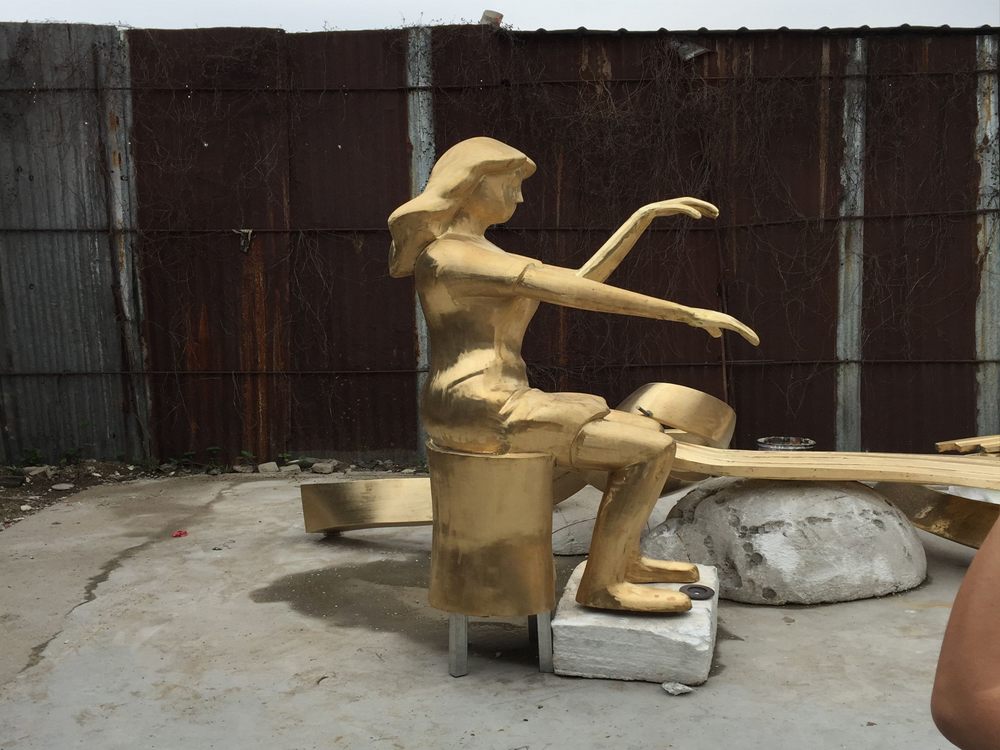
The integration of biometric feedback into porcelain sculpture design is revolutionizing the art world by enabling deeply personalized creations. By capturing unique physiological data—such as fingerprints, facial expressions, or even heart rate patterns—artists can craft sculptures that reflect an individual's identity with unprecedented precision.
One effective method involves 3D scanning biometric data to generate digital models. For instance, a fingerprint’s ridges can inspire intricate surface textures, while facial recognition software maps emotional expressions onto sculpted forms. Advanced algorithms then translate this data into customizable porcelain designs, ensuring each piece carries a distinct biological signature.
Another approach combines real-time biometric sensors with interactive clay modeling. Artists monitor subtle changes in a subject’s posture or muscle tension during sessions, adjusting proportions dynamically. This technique is particularly impactful for memorial sculptures, where capturing fleeting gestures preserves emotional authenticity.
Emerging technologies like AI-driven generative design further enhance personalization. By analyzing biometric trends across populations, these tools suggest culturally resonant motifs while maintaining individual specificity. For example, a sculpture might incorporate heartbeat rhythms as undulating patterns, merging scientific accuracy with aesthetic harmony.
Ultimately, biometric feedback bridges art and anatomy, transforming porcelain from a static medium into a living archive of human uniqueness. As this technology matures, expect sculptures to evolve from mere representations to intimate dialogues between creator, subject, and material.

